Today I wanted to share a tip using my favorite sewing
notion . . .
rayon seam binding! Yes, I have found yet another excuse to keep adding to my collection of Hug Snug.
Hemming
a garment is generally one of, if not the last, steps in the construction
process - this means it is often rushed.
But a bit of extra time and effort can make a huge difference to the overall quality of a garment. It really is all
about the little details!
There are many, many different ways to hem a garment. This particular option works quite well with
thicker fabrics since it covers the raw edge without adding any bulk, although I
also like to use it on lightweight fabrics, like this
gorgeous floral cotton.
This technique involves a length of rayon seam binding (to
cover the raw edge) and some catch-stitches (to contain and secure the binding
to the garment).
The first step is to mark the fold line.
On most fabrics, I like to use a fabric pen to lightly mark
the fold line on the wrong side of my fabric.
Tailor’s chalk is another excellent option.
Next, a running stitch is worked along that marked
line. (I suggest using silk thread since
it will be easy to remove later on.)
This basting stitch allows the fold line to be visible on both
the right and wrong sides of the fabric.
It will also not disappear under a spray of steam at an inopportune
moment!
A length of rayon seam binding is then stitched to the right side of the hemline along the raw edge. I like to drop the spool of binding next to me at the sewing machine and apply the binding without pins, but you can certainly cut a length of seam binding sufficient to run the length of your hem and pin in place, giving yourself an inch or so extra at one end.
The
stitching line should securely attach the seam binding to the fabric, making
sure that the raw edge is covered. Because the rayon binding is so lightweight, you will be able to feel the edge of your fabric to keep the binding in place, with or without pins.
To finish the end of the seam binding, simply trim and fold
under the raw edge, overlapping the initial cut edge, and stitch in place.
Give the hemline a quick press to remove any puckering along
the stitch line.
That should look something like this.
Press the hem up along the basted fold line.
Pin the hem into place.
For my initial versions of this hem variation, I would
stitch through the upper edge of the binding.
While both edges of the ribbon are woven and will not fray, the
application always seemed a bit unstable.
One day while I was catch-stitching seam allowances to an
underlining, it hit me. I could just as easily catch-stitch the seam binding on a hem application!
Moving left to right, catch-stitch the hemline in place,
taking a bite out of the stitched edge of the seam binding followed by a tiny
bite out of the fabric to secure the hem in place.
This hand stitch is best worked flat – that means no hemming
while sitting on the couch watching a movie, no matter how tempting it may be!
The good news is that this hand work is virtually invisible from the outside of the garment.
Make sure to give your hemline a good press. All that hand sewing means the garment has been handled quite a lot - a bit of steam will fix that!
The final step is to remove the line of basting stitches. I often leave basting threads throughout my finished garments, but in this case, they should really should be removed.
Yes, this hemming technique requires a bit of extra effort, but
the end result looks so pretty! The catch-stitch also makes for a very flexible hemline. And
beautifully finished garments really are a joy to wear!
[The fabric for this dress was received in exchange for my
contributions as a Britex
Guest Blogger.]

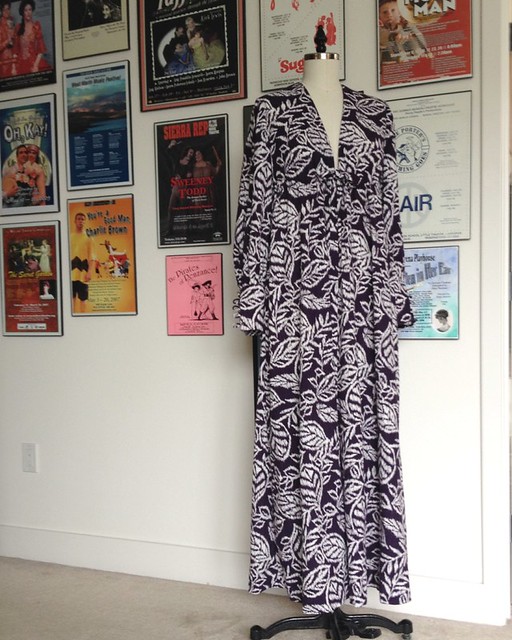
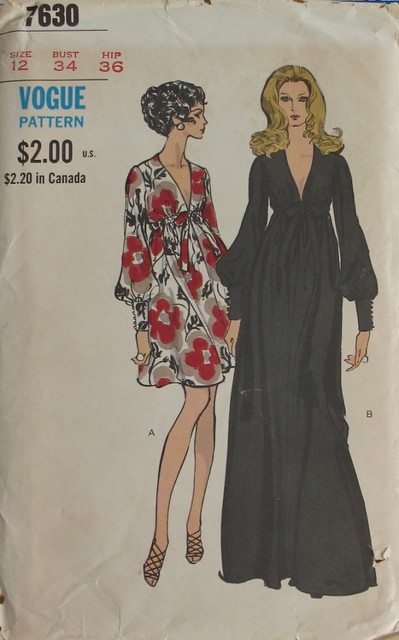
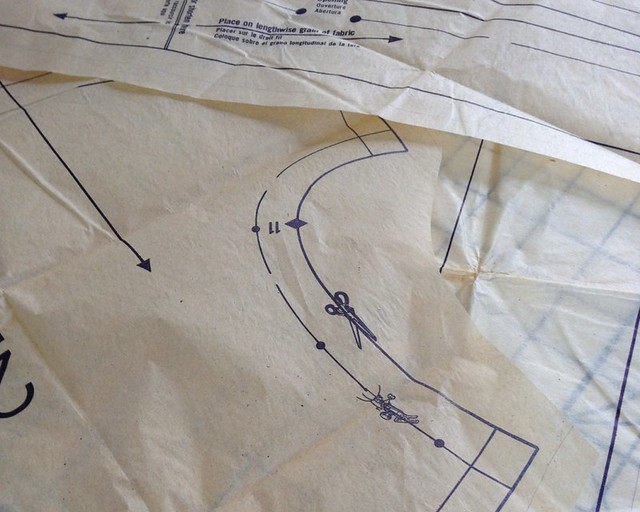

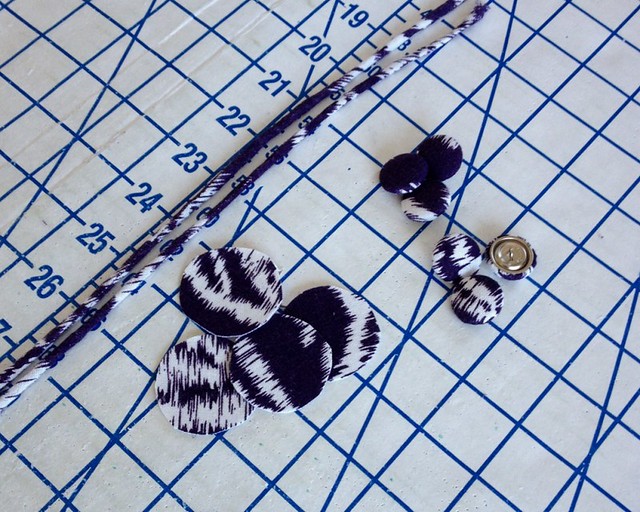




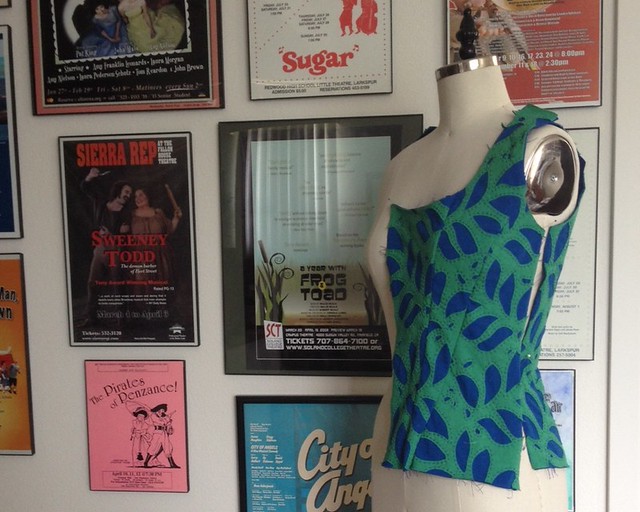

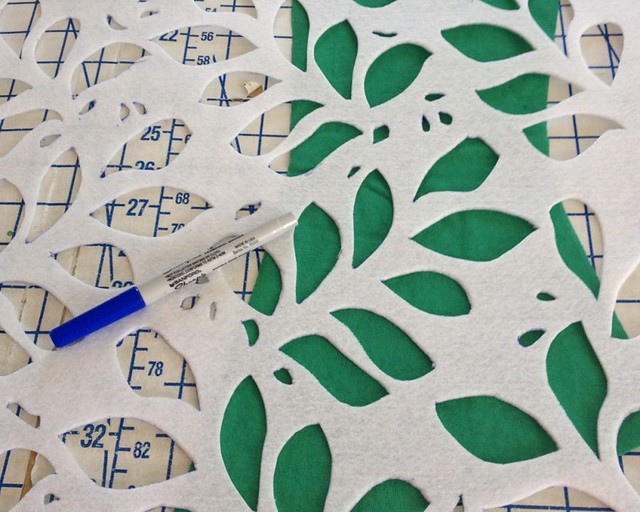
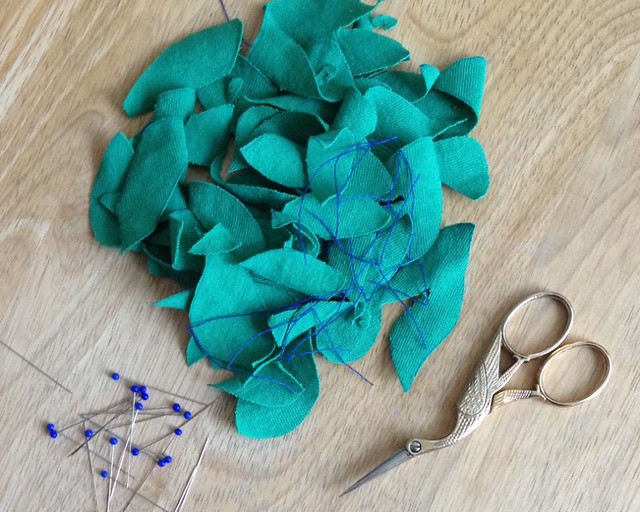
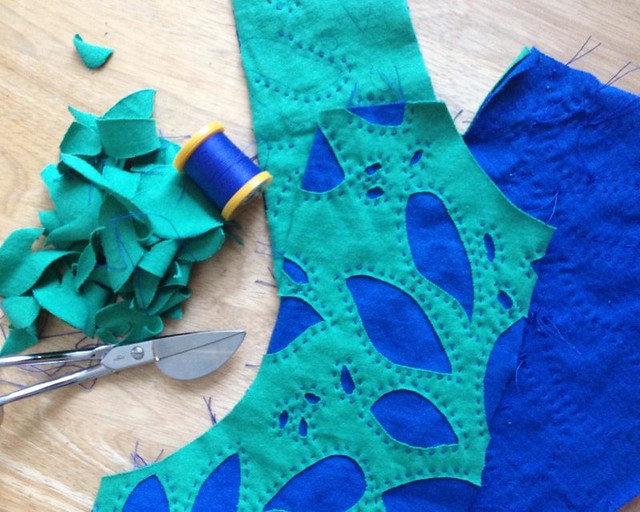
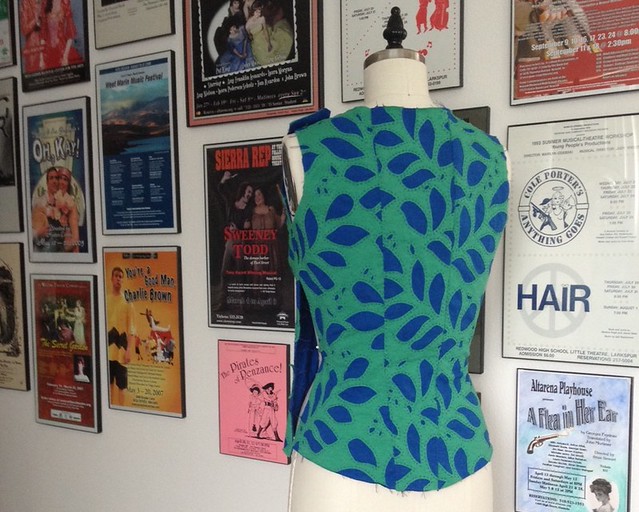
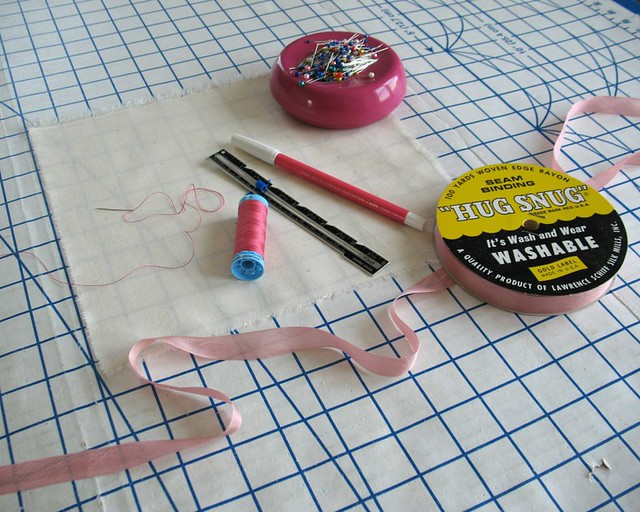

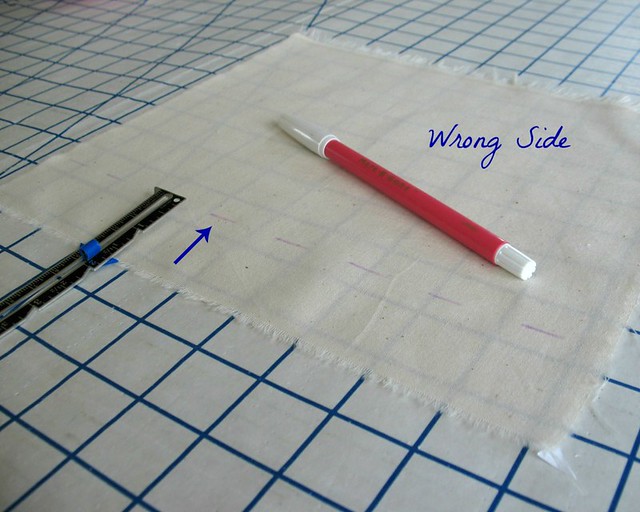



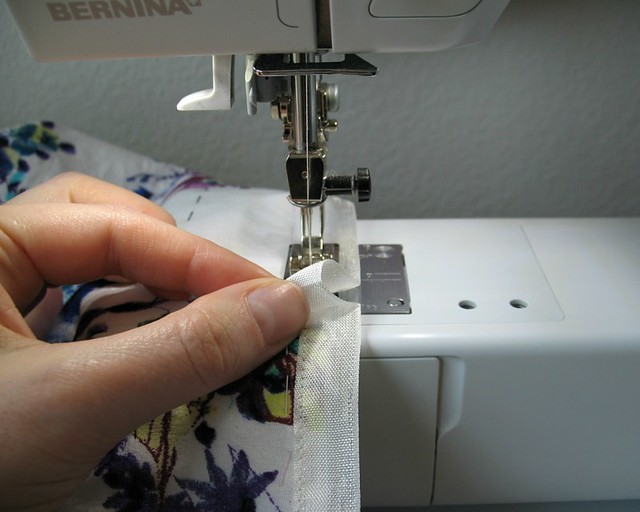
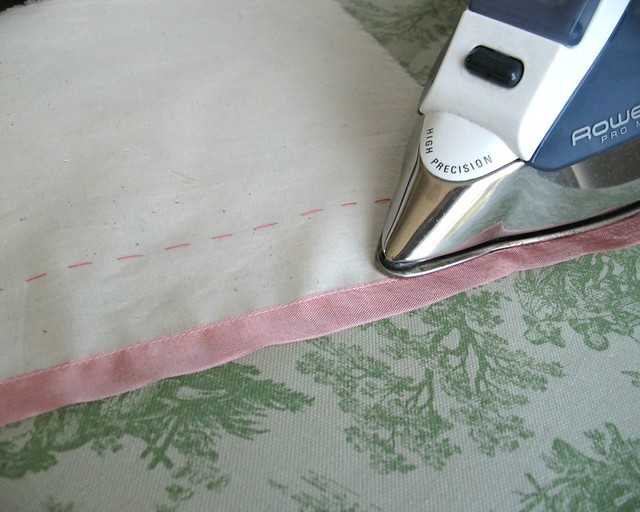
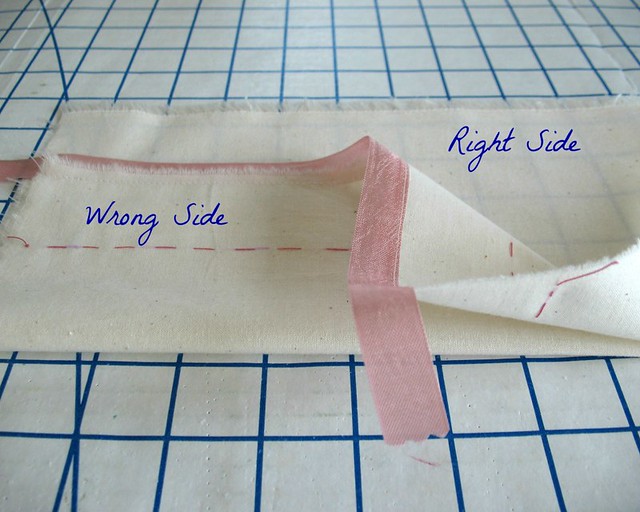
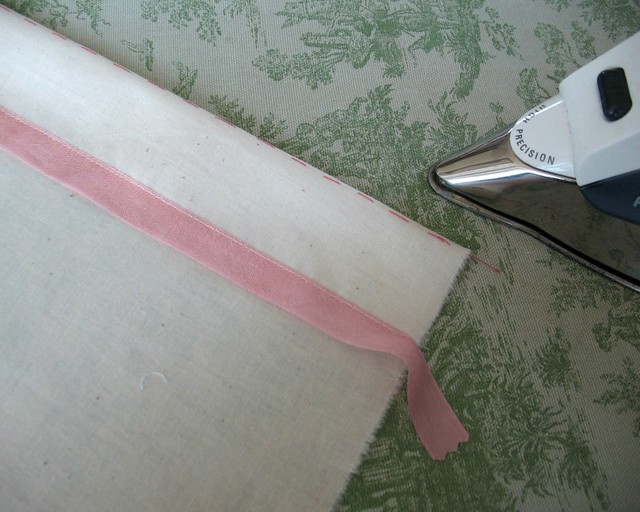
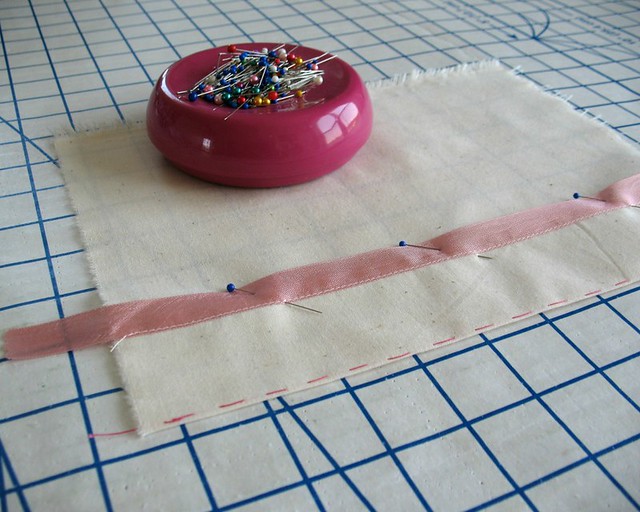
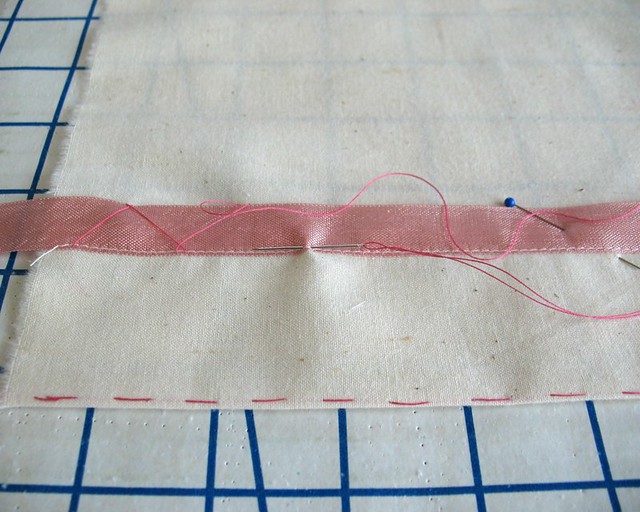
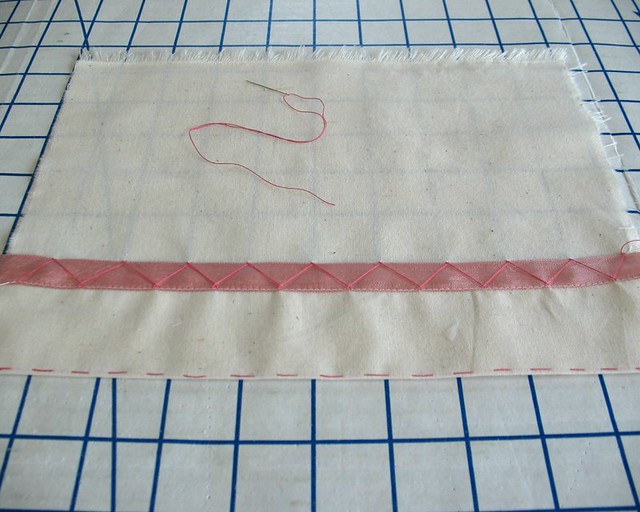

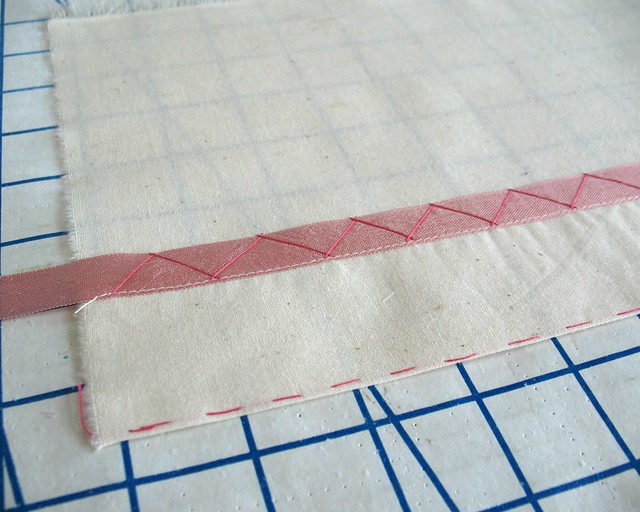

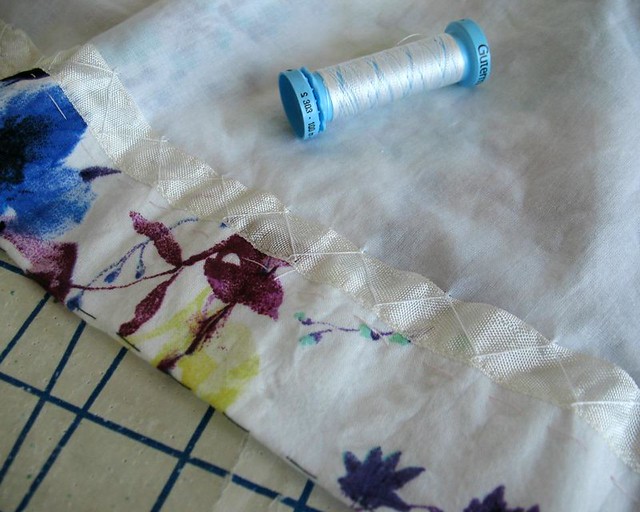
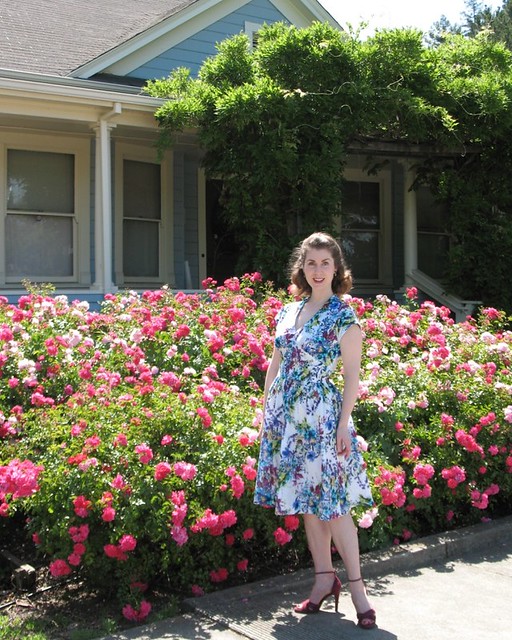
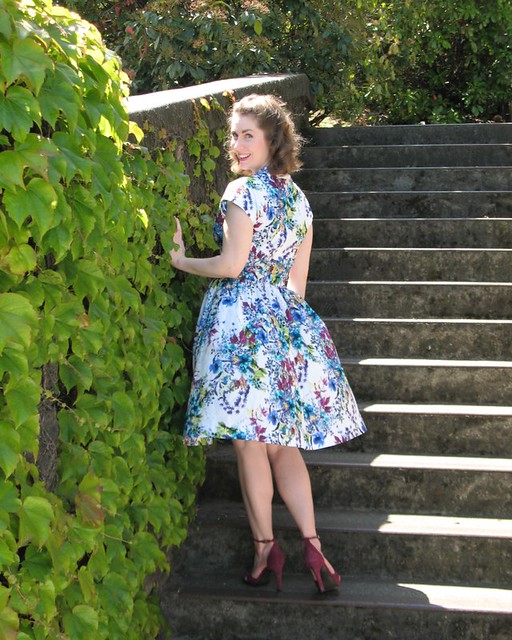

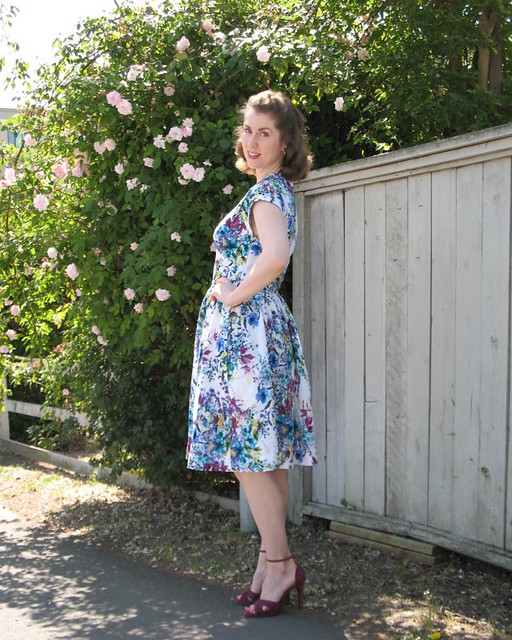
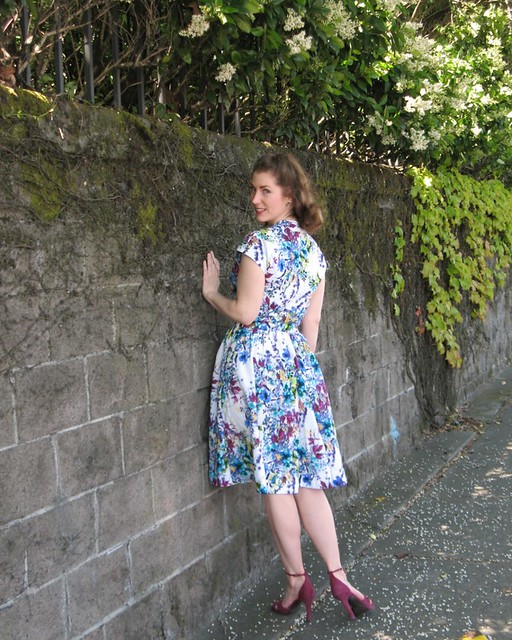
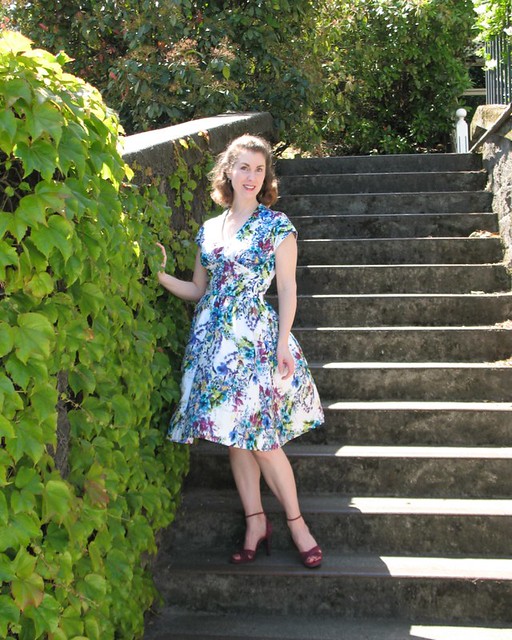
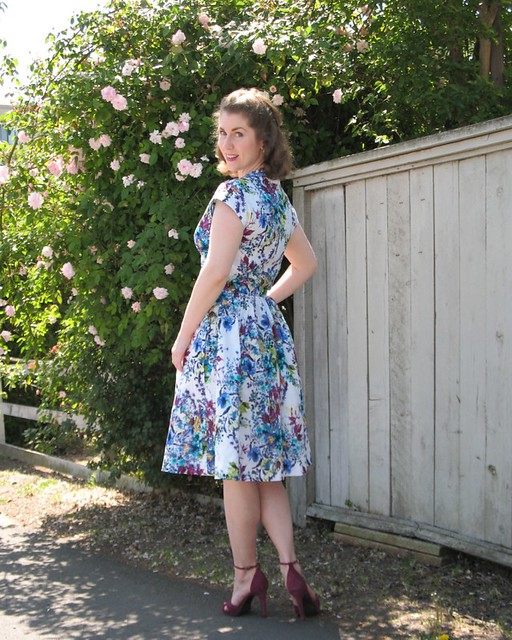
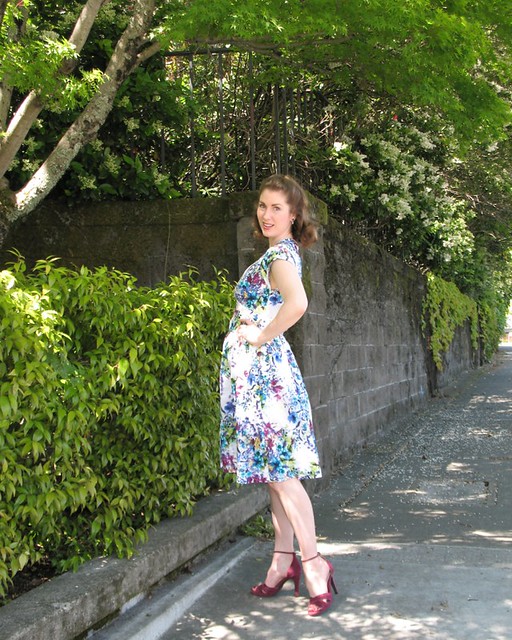

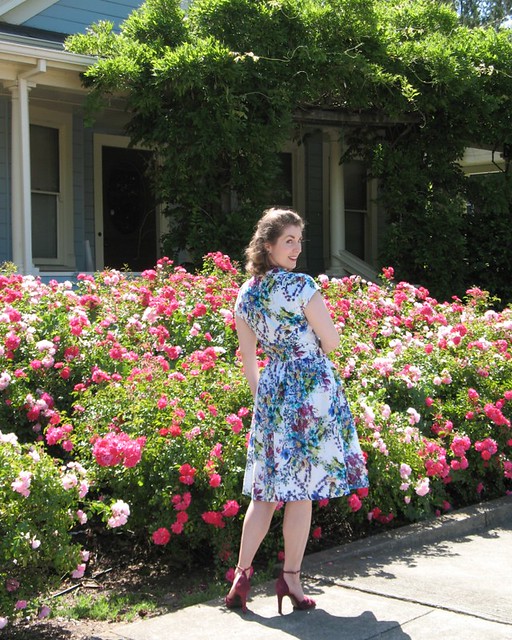
.jpg)

.jpg)
.jpg)
.jpg)
.jpg)
.jpg)

.jpg)